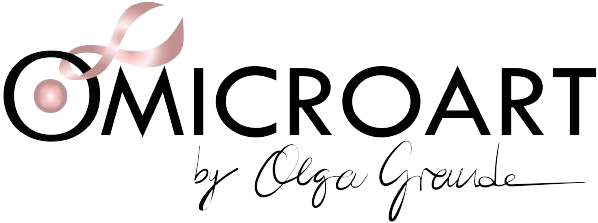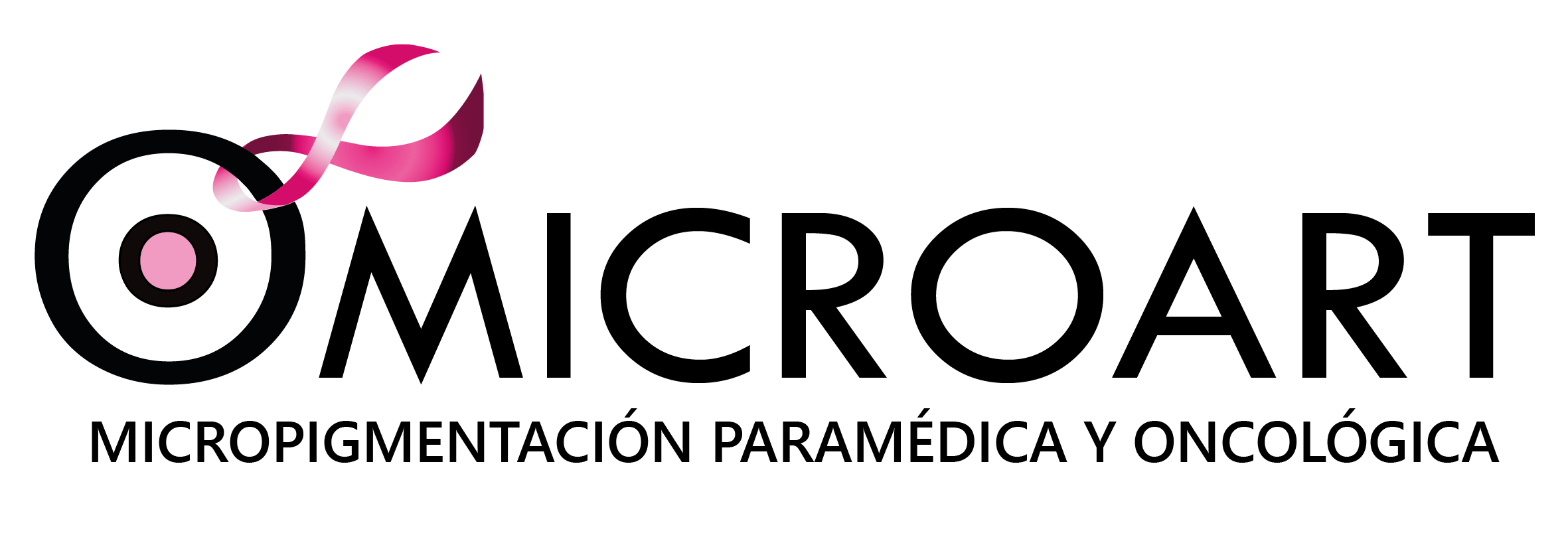

Areola tattoos provide a highly rewarding experience for the patient: they yield excellent results and contribute to the completion of a long and painful process of breast reconstruction. The physical change and, most importantly, the recovery of self-esteem make it a highly recommended treatment. Moreover, it is a relatively painless technique, although there may be varying degrees of discomfort depending on each patient, as we will see below:
Areola Tattoos: Are They Painful?
It is natural to feel initial resistance towards a treatment that involves the use of needles to introduce pigments into the skin. At Omicroart, we always emphasize that we use nano-needles, which are so small that they cannot be compared to those used in other medical treatments or conventional tattoos. Some vibration may be felt, but not pain. At this point, each person’s pain threshold comes into play, although in general, among those who have received artistic body tattoos, the discomfort is very bearable. The situation is different with areola tattoos, a technique that we mainly apply to highly sensitized women who have just gone through a difficult oncological process.The skin of a breast that has undergone a mastectomy has lost some of its sensitivity, which is advantageous when it comes to areola tattoos because it reduces or even eliminates the level of possible discomfort.Even when referring to the pain caused by an areola tattoo, the sensations do not go beyond a simple vibration or pressure, and in some cases, a slight stinging sensation that may prompt scratching. All these effects disappear within a day and can be avoided by applying a specific cream during the procedure, which is highly moisturizing and healing. Only in very specific cases have we had to apply a topical analgesic cream.
Levels of Pain for Areola Tattoos
It is important to note that not all areola tattoos are applied after breast cancer; there are other situations in which this technique is also used. For example, after breast cosmetic surgery where complications in the areolar area have occurred, some of which may be severe. These circumstances determine the level of pain experienced.After a Mastectomy
In any surgery, the skin in the affected area experiences temporary loss of sensitivity as a result of the damage to the severed nerves. Depending on the operation and the person’s regeneration process, sensations can be regained sooner or later. Therefore, if an areola tattoo is performed within four to six months after a mastectomy, it is most common not to feel any pain or to experience very low-intensity discomfort.



In Patients with Athelia
Athelia is a rare anomaly characterized by a lack of development of breast tissue and manifested by the absence of a nipple. Correction can be achieved through surgery. Nowadays, it is increasingly common to resort to areola tattooing because it produces spectacular results that even simulate a three-dimensional and voluminous effect.
However, patients with athelia whose skin is in perfect condition may experience a level of pain comparable to that of artistic tattoos, influenced by their personal sensitivity.
Areola Tattoo and Scar Camouflage
Sometimes, areola tattooing can be combined with scar camouflage in cases of aesthetic breast augmentation or reduction surgery. Post-surgical complications can result in the loss of the areola or large scars in the contour. Here, the level of pain is proportional to the age of the wounds: the longer they have been present, the less painful the treatment is, and vice versa.


At Omicroart, we work with high technical standards, and we can assure you that there is no pain during the process of areola tattooing or scar camouflage, in any case. We have the support of all our patients.
We value each case and advise you on the most appropriate areola tattoo treatment for you. Schedule your appointment without any obligation. We’ll be delighted to assist you.





